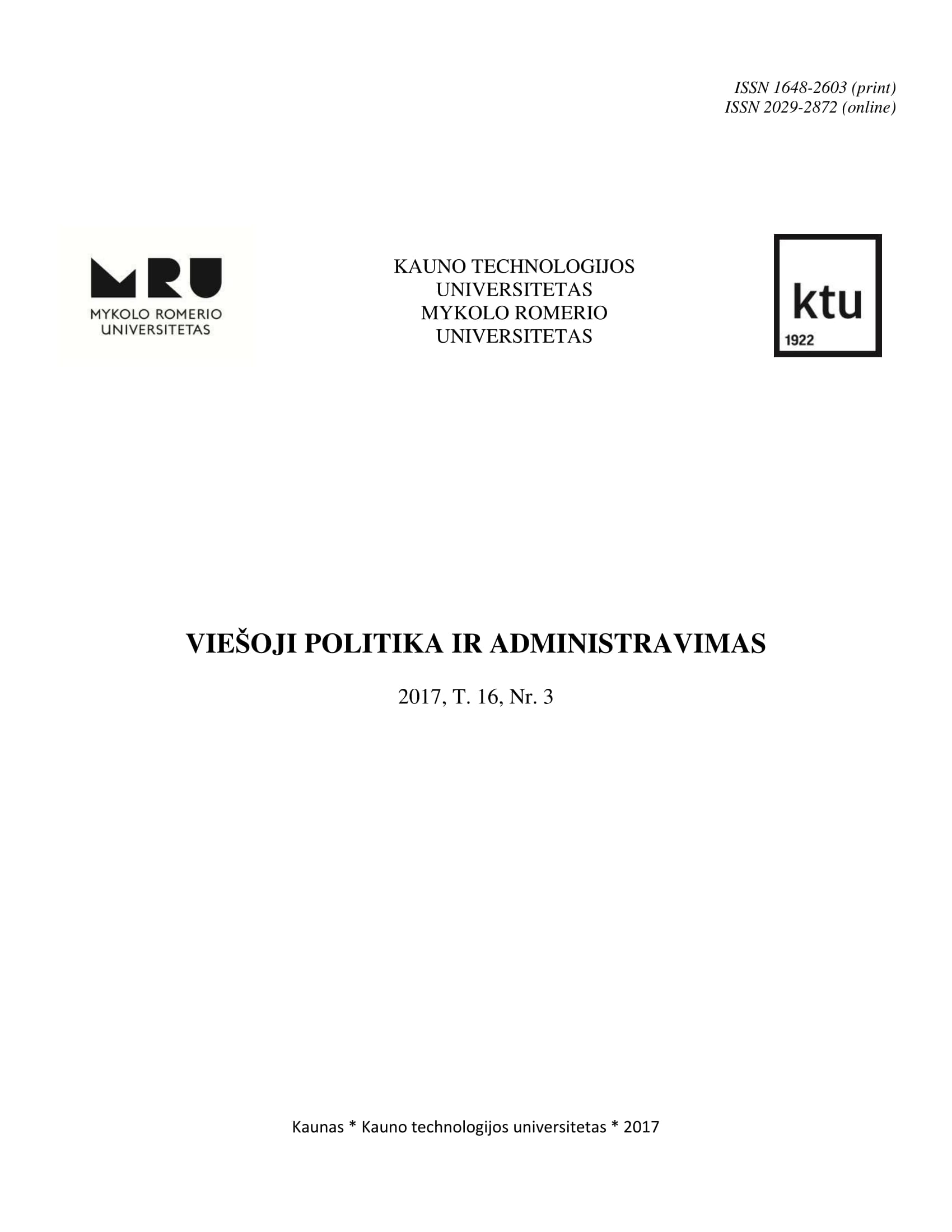Career Development in the Uniformed Services of Lithuania: Wide Open Innovation Possibilities vs. Innert Hierarchical Culture
Career Development in the Uniformed Services of Lithuania: Wide Open Innovation Possibilities vs. Innert Hierarchical Culture
Author(s): Svajūnė Ungurytė-Ragauskienė, Mantas BileišisSubject(s): Public Administration
Published by: Mykolas Romeris University
Keywords: career development; military service; statutory service; public service regimes; uniformed services; Lithuania
Summary/Abstract: We compare career development models between two uniformed services regimes of Lithuania: military and statutory (police and penitentiary services). In this paper, we differentiate regulative and normative institutions by comparing the existing regulation that relates to career development and interview accounts of service members regarding their understanding of career development paths and institutional factors that affect them. We find that regulations between the two regimes are similar; however, there are radical differences in how service members perceive career development. We conclude that other, non-regulatory, factors are at play: (i) considerable legacies of in statutory services since the Soviet-era, and (ii) the exposure of the military service to international practices in the context of NATO alliance. Statutory services inherited their personnel, organizational structure and, to some extent, regulations from the Soviet-era, whereas the military was built from scratch, largely based on conditionalities set by NATO accession. Although we see striking similarities in human resource management (HRM) regulations among services regimes, there are no comparable similarities with regard to how service members view career development. Career development is not regulated in detail in either service regime and serves as a good indicator of normative institutions that shape uniformed services. Service member accounts lead us to conclude that elements of career development that are applied in the military service achieves better HRM outcomes.
Journal: Viešoji politika ir administravimas
- Issue Year: 16/2017
- Issue No: 3
- Page Range: 365-376
- Page Count: 12
- Language: English

